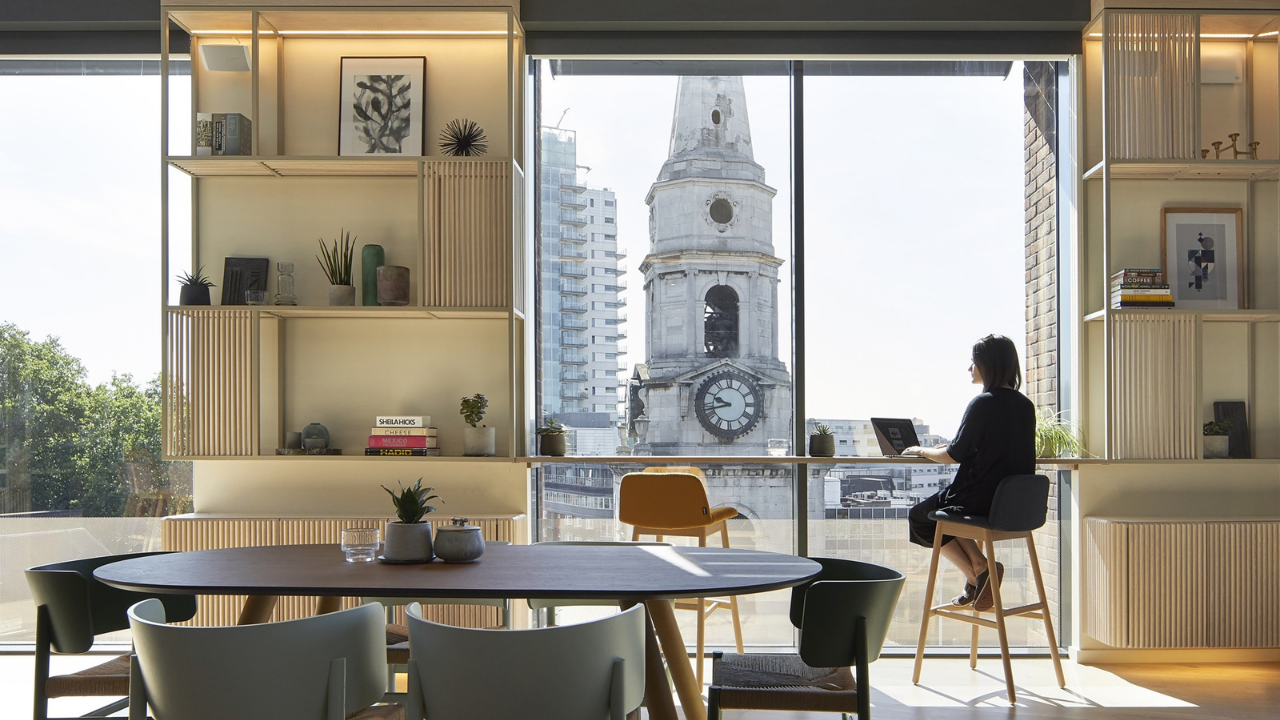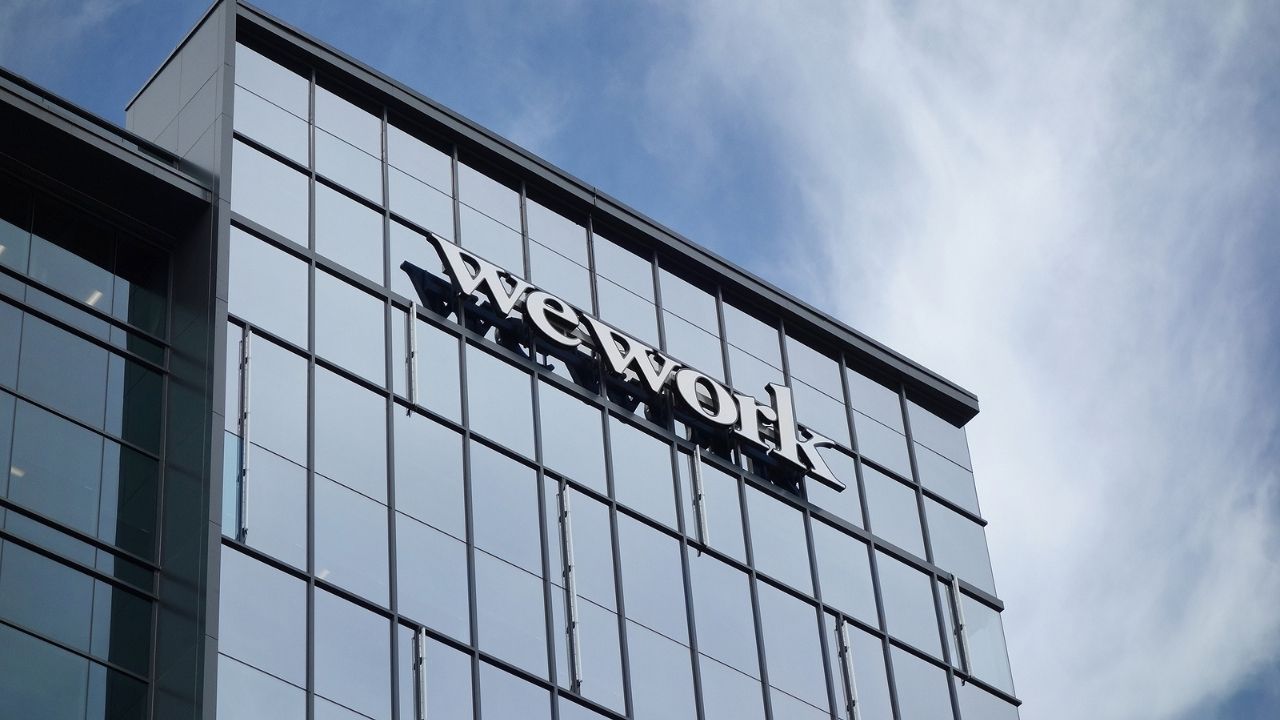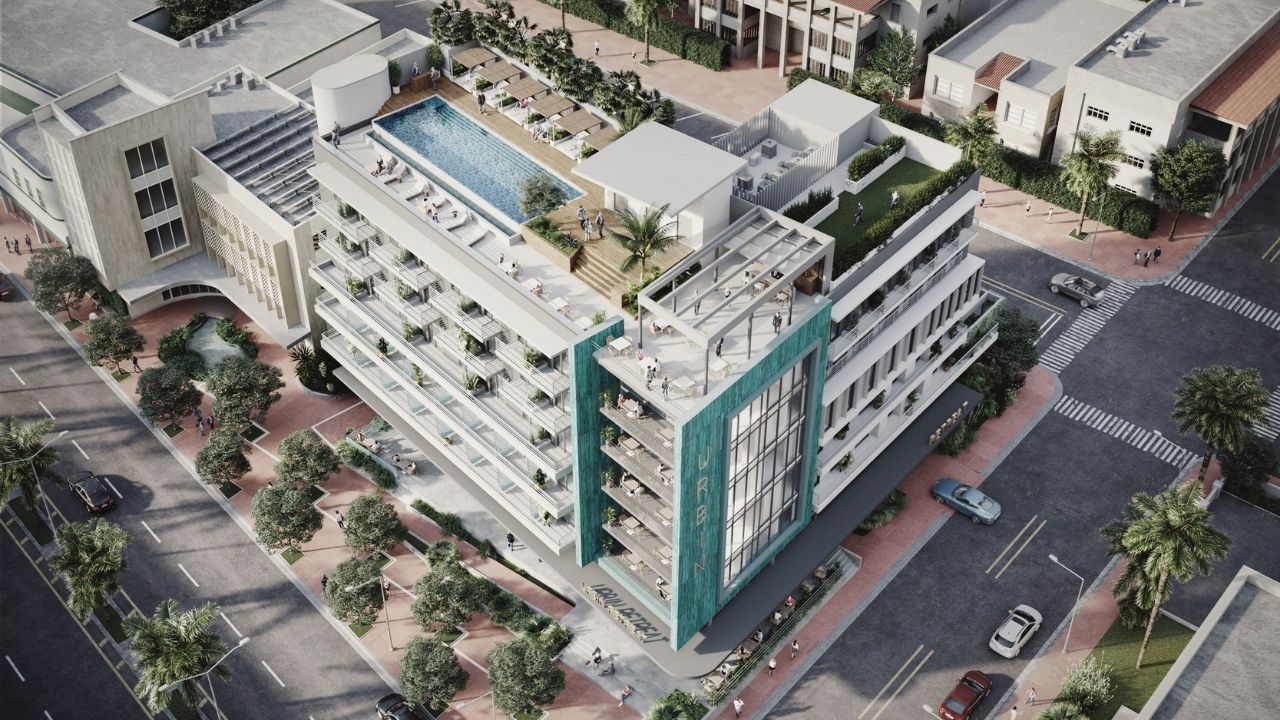WeWork’s newest operational model of owning and operating buildings is opening doors for architectects as the coworking sector continues to become increasingly more competitive.
The two common types of flexible offices are coworking and services offices, which both carry unique design elements. Coworking tends to feature more open-floor plans with desks for rent, while serviced offices are typically sectioned off for larger clients.
Now, many operators are joining the game in order to provide clients with options that differ from WeWork’s traditional target audience. Dubbed “proworking”, these spaces offer the flexibility of coworking in a premium space.
“It is blurring the lines between an office, a hotel and high-end resi,” said Russell Durling, Fora’s head of development. “The old-way of coworking was as cheap as possible to enable people to move from their kitchen table to a desk. But this is a premium offering, rather than cheap and cheerful.”
So how else can these high-end coworking spaces provide amenities and design that differentiate themselves from the crowd? Currently, wellness offerings such as hot yoga classes, biophilia, pet-friendly policies, and beauty salons are high on the wishlist. Catering amenities, design and services for specific professions is also becoming popular.
Going forward, as larger tenants start joining coworking spaces, brands must ensure that they do not overpower tenant identity.


 Dr. Gleb Tsipursky – The Office Whisperer
Dr. Gleb Tsipursky – The Office Whisperer Nirit Cohen – WorkFutures
Nirit Cohen – WorkFutures Angela Howard – Culture Expert
Angela Howard – Culture Expert Drew Jones – Design & Innovation
Drew Jones – Design & Innovation Jonathan Price – CRE & Flex Expert
Jonathan Price – CRE & Flex Expert











